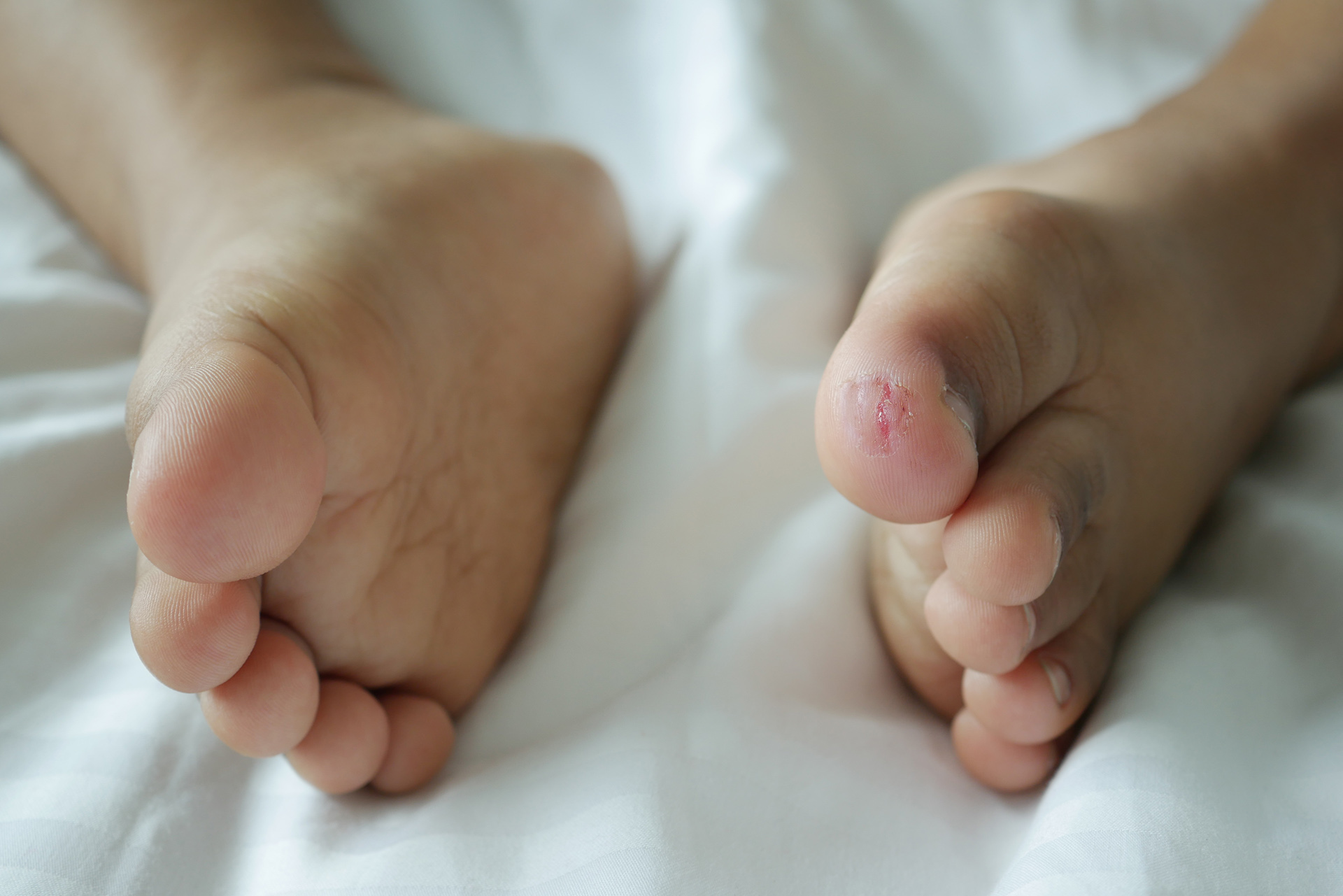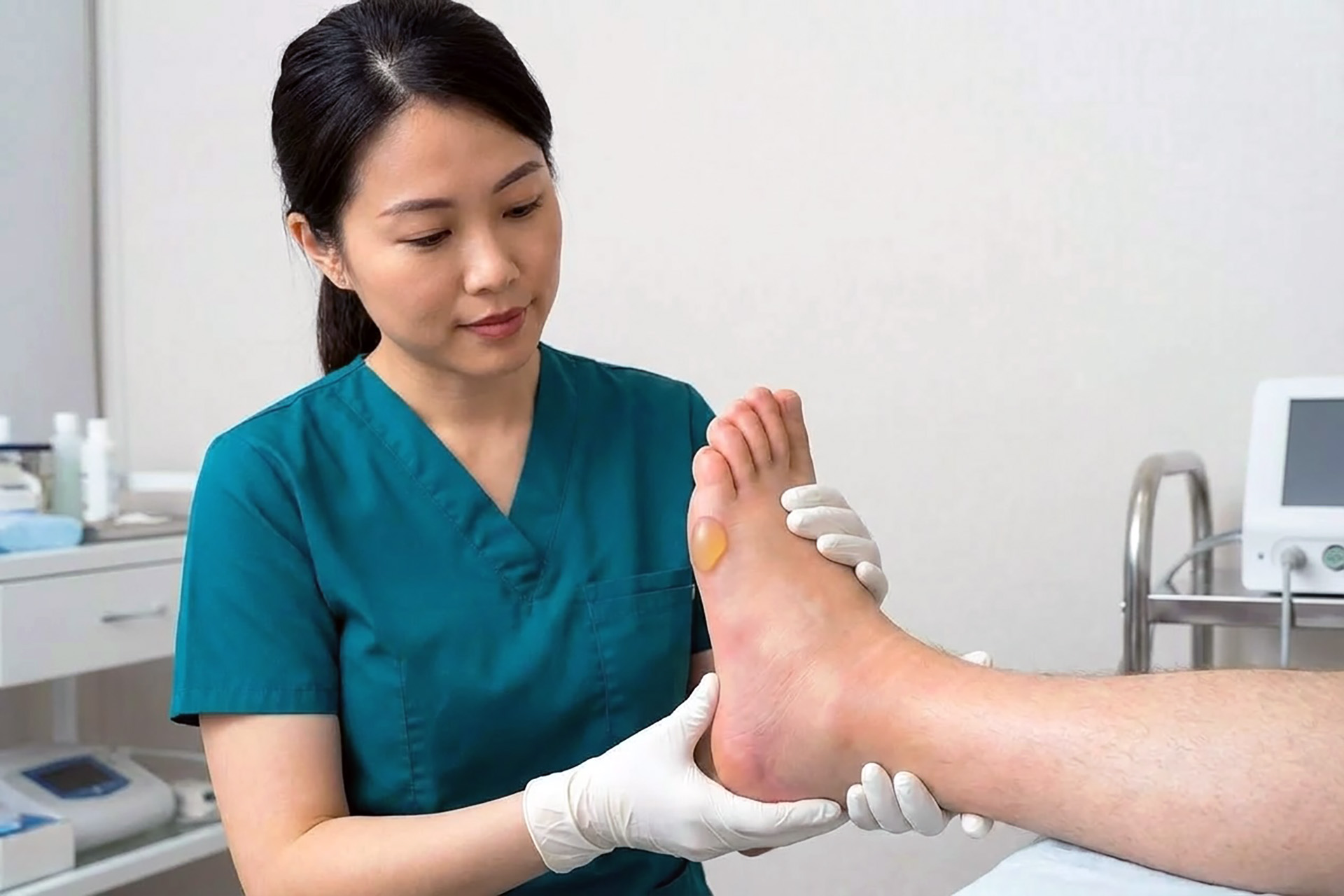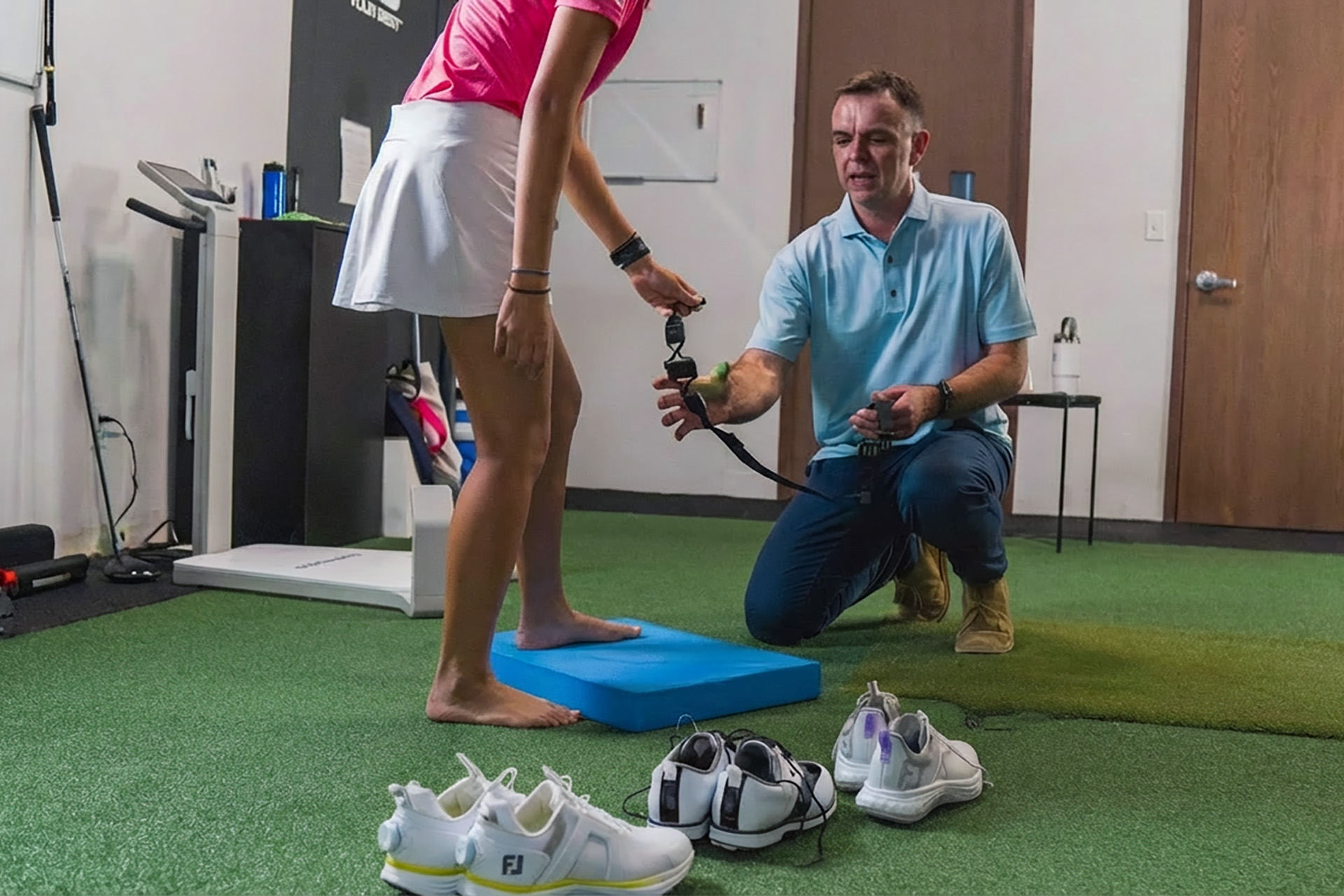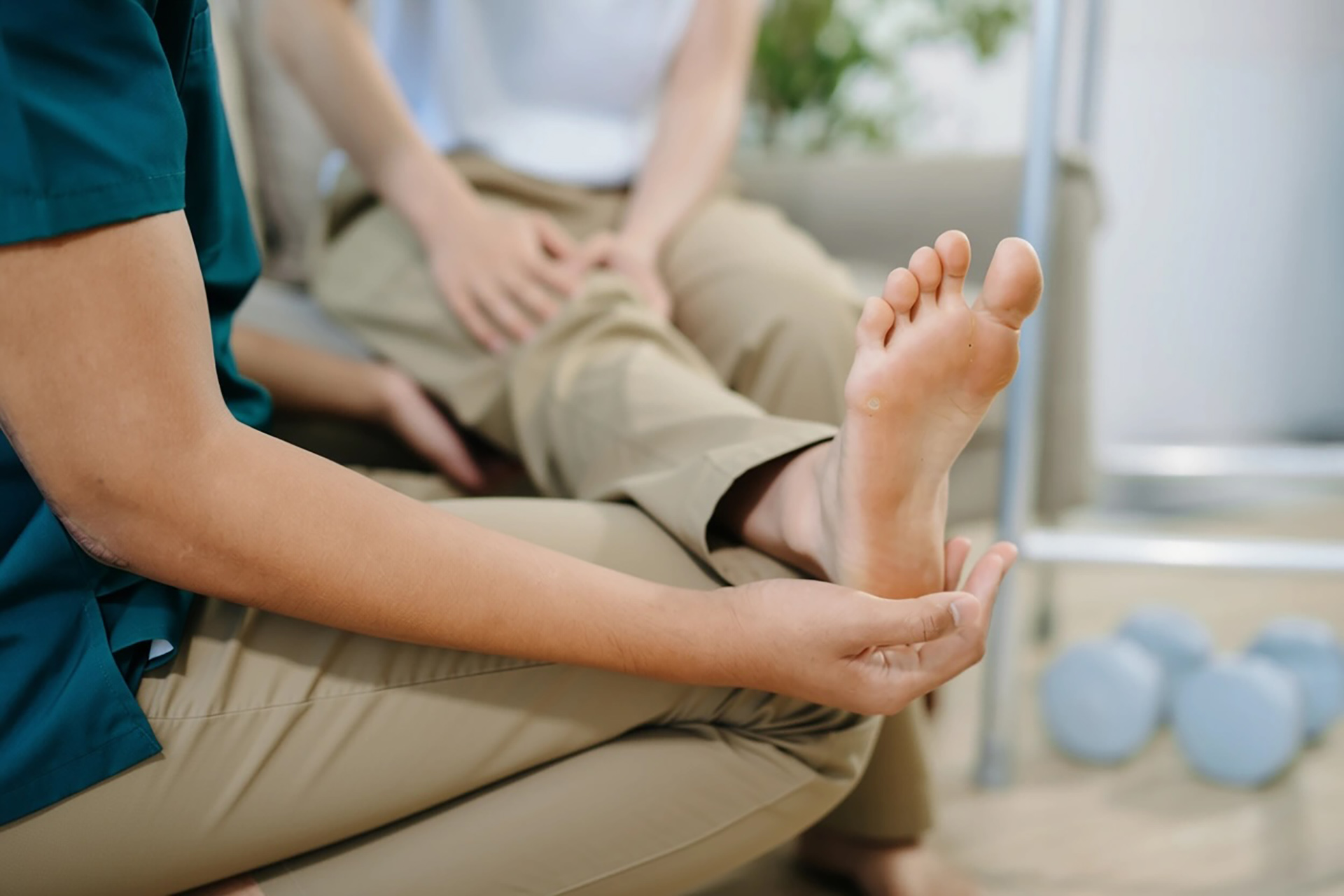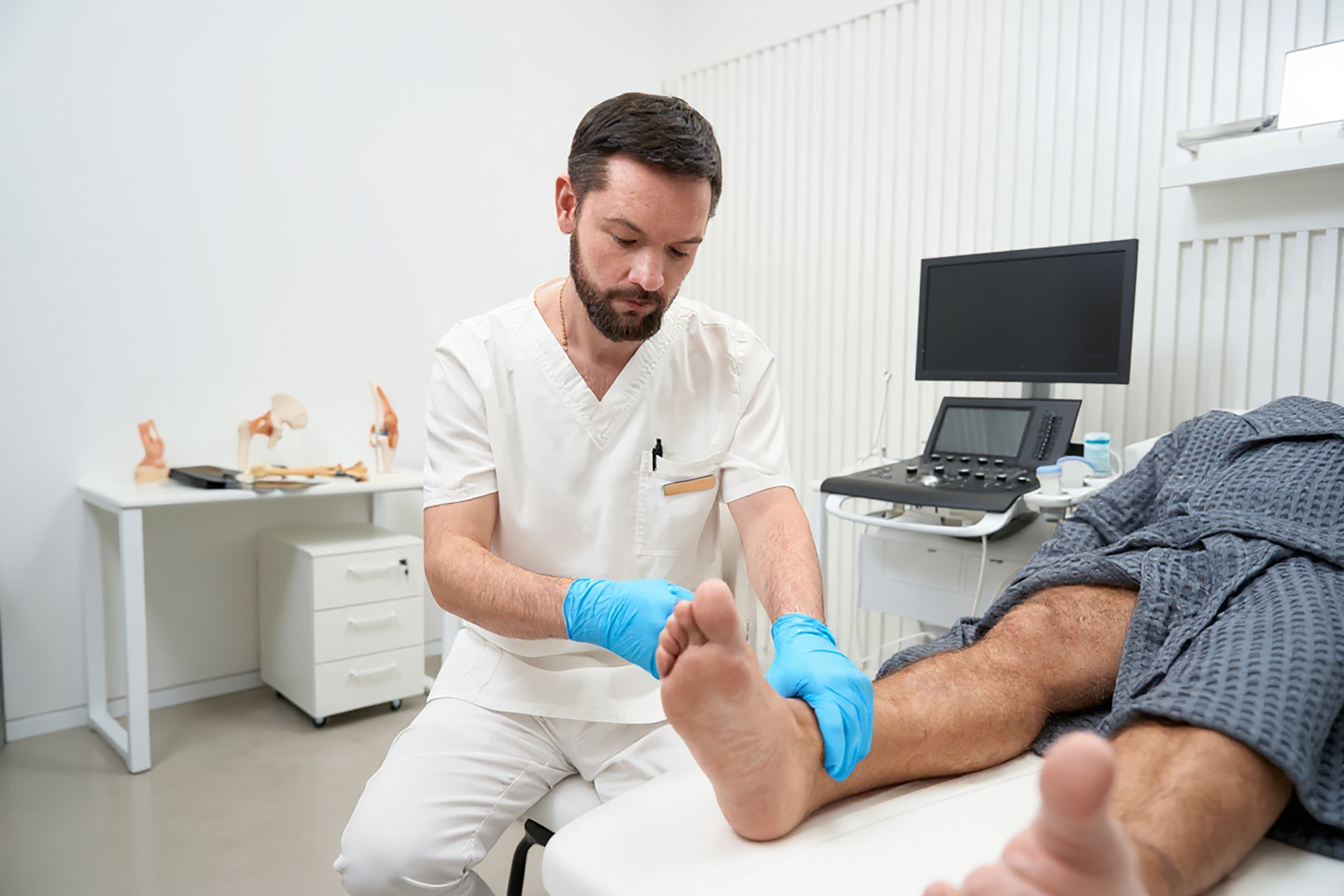The blisters that form on the skin try to control infection and prevent the skin underneath from injury. Even though it may seem like the blister is filled with water, it contains a nutritious serum designed to nurse your skin back to health.
Our paediatric podiatrist explains why your child may develop paediatric foot blisters, what they may indicate, and how you and your child can work towards prevention.
Foot Blisters in Children Are a Reaction and Mechanism of Healing
It’s important to start with this simple fact: blisters are a reaction. We know this as adults when we get a new pair of shoes that must be worn. In truth, it can also be if the shoe is a poor fit or worn out.
Paediatric foot blisters are a response from your child’s body to a condition affecting them. These conditions can be many things. The most common one for active children is friction. With friction, the still developing skin of a child can wear down, leading to a blister forming.
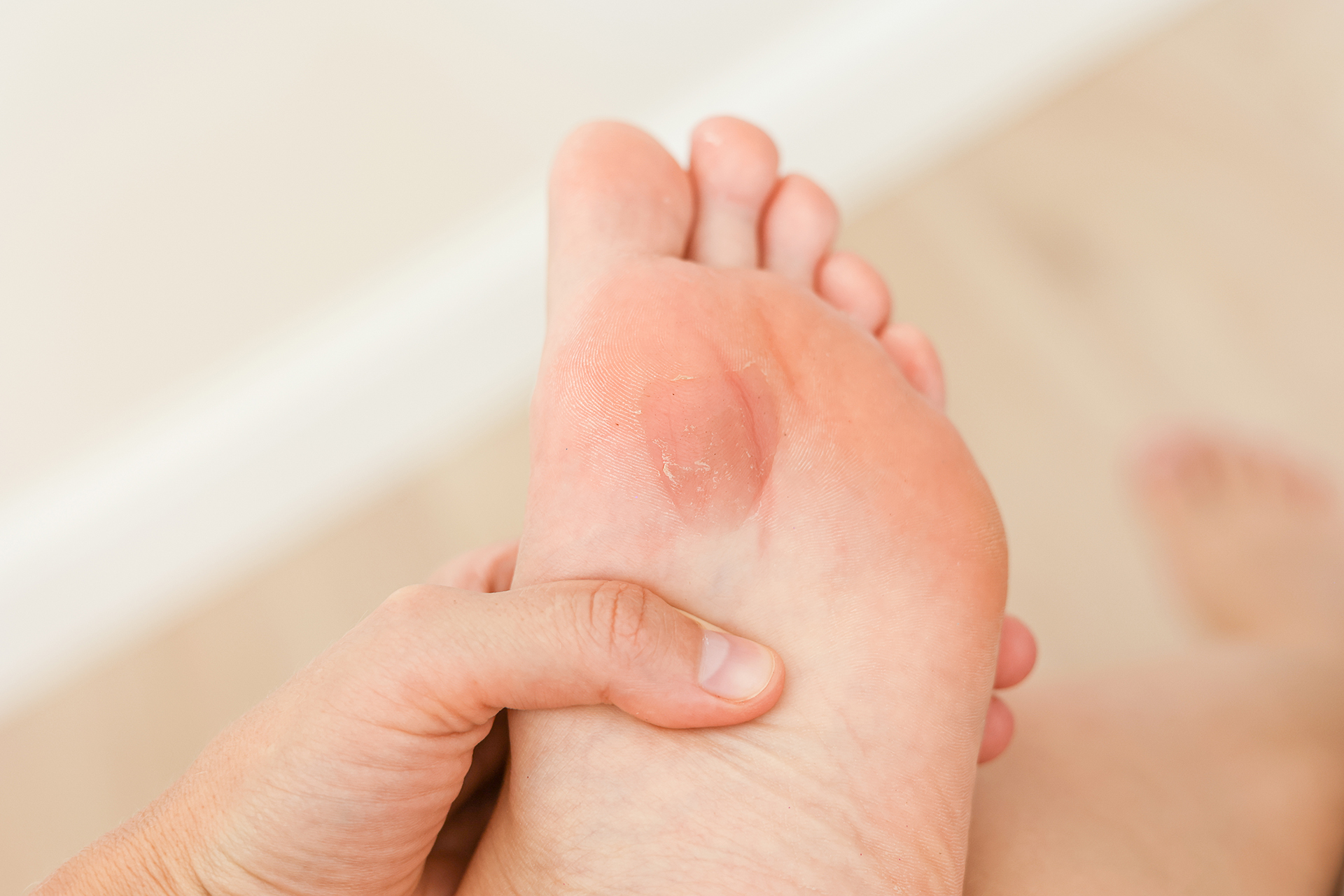
Another common factor for active children is heat and moisture. If feet are trapped in socks and shoes all day, they’re in a prime position for blisters, as the warmth and sweat soften the skin, making it easier for friction to do damage. Another cause could be athlete’s foot or impetigo, which are different infections. Blisters can also come from allergic reactions to materials or substances within the sock and shoe. The least common possibility is burns.
You can tell if your child has paediatric foot blisters if they have raised, fluid-filled bubbles on the skin. These bubbles may be surrounded by an inflamed area, red or swollen, and the blisters may be painful. It’s also very likely that they’re itchy.
While, in theory, the blisters attempt to heal the foot, that doesn’t mean the condition can be left alone. What this means is that the condition must be examined to determine its precise cause and the treatment for it.
What Should I Do as A Parent If My Child Has Blisters?
First, help your child understand that they should not pop the blisters. Blisters are a part of the healing process. If you pop them, the healing process slows. Additionally, since these are on the feet, the skin underneath them will be exposed to potential bacteria in the sock or shoe. If your child is in a lot of pain from a blister, visit a specialist who can help manage and clean the blister.
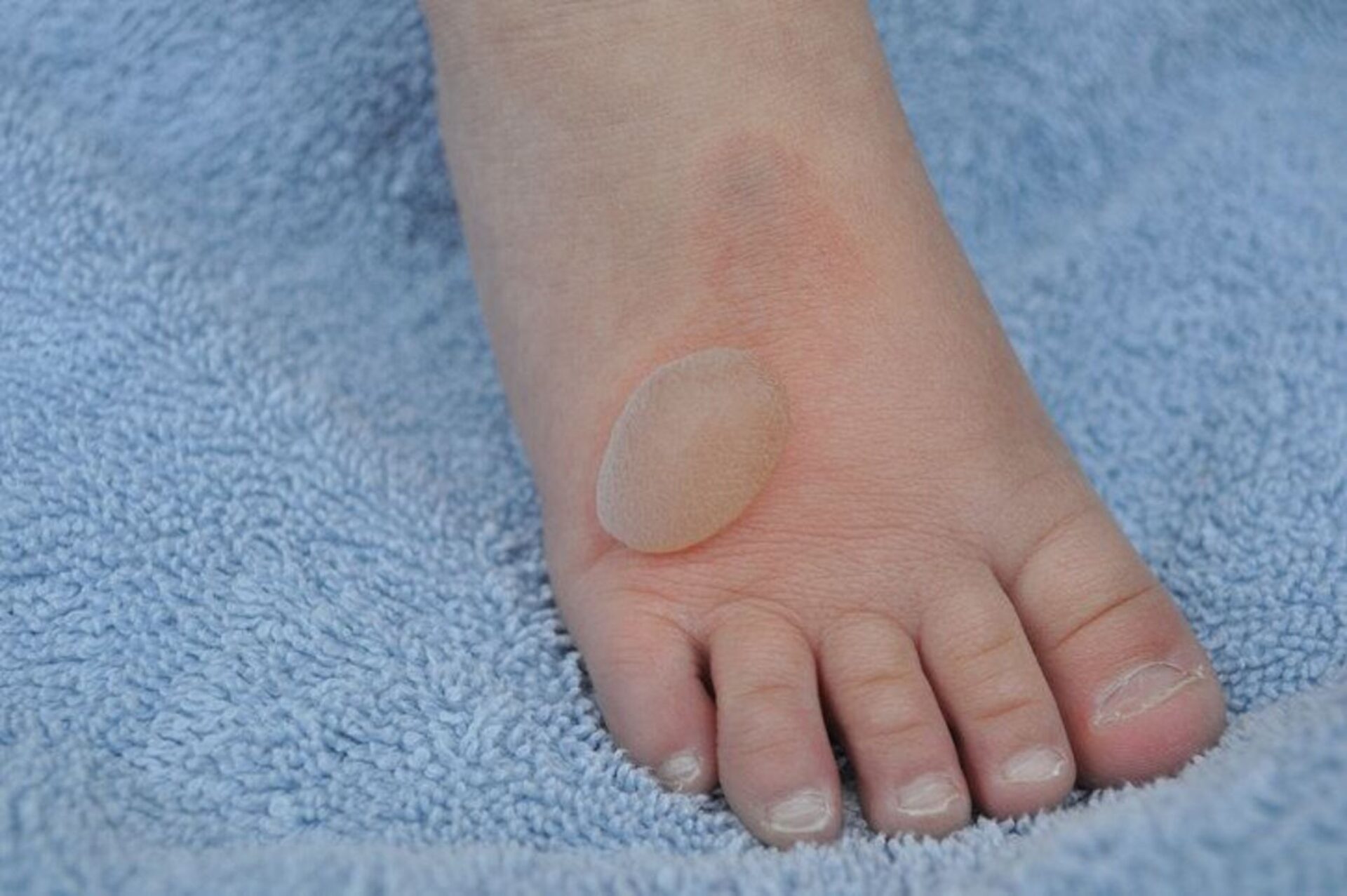
Generally, the foot should be kept clean and dry. You can also use store-bought blister plasters to cover the blister to prevent further irritation.
If your child has friction blisters, often at the same location, it’s worth doing a deeper dive into the potential cause. This is where a paediatric podiatrist can come in and help evaluate your child’s condition. In these cases, it may be possible that there is an issue with the footwear your child usually wears, bearing undue friction at certain areas of the foot.
The other possibility is that your child has adopted an abnormal gait, leading to imbalances in the lower limbs. This can severely affect your child’s development, with blisters being very low on the list. In this way, friction blisters can be a warning sign of a greater issue that is better to tackle when your child is still growing so they can unlearn any potentially unhealthy habits.
Why Are Paediatric Foot Blisters More Common In Active Children?
The increased friction and repetitive motions of sports activities can make your child more prone to blisters. Their feet rub against their socks and shoes more than if they were less active, meaning more friction. On top of that, they are sweatier and in less hygienic conditions like locker rooms or showers, all of which affect the skin on their feet.
Additionally, ill-fitting or new sports shoes and socks can create pressure points and exacerbate friction. Many sports, like basketball or football, require sharp turns or jumps. These movements create more friction on the foot, making blisters more likely.
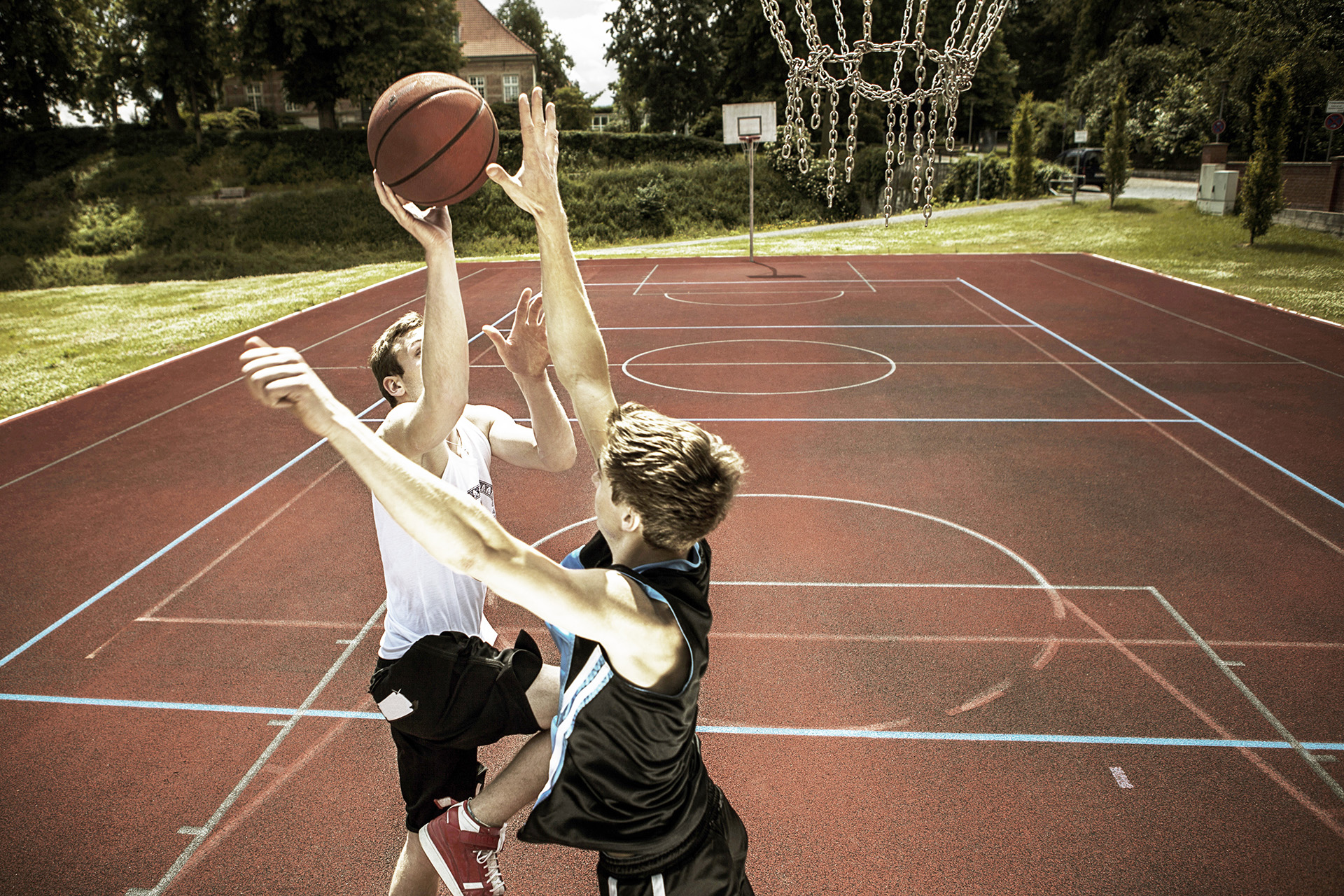
If your child is active and consistently acquiring blisters, it would be worth investing in moisture-wicking socks and proper footwear, which can reduce the chances of blisters. It’s also good to gradually break in equipment rather than go straight to sprinting in a new pair of running shoes.
The best thing you can do is visit a paediatric podiatrist, like ours at The Foot Practice, who can help intervene and manage your child’s condition. After a professional assessment, they will determine the cause of your child’s paediatric foot blisters and equip you with a plan to manage and prevent the condition from reoccurring.

